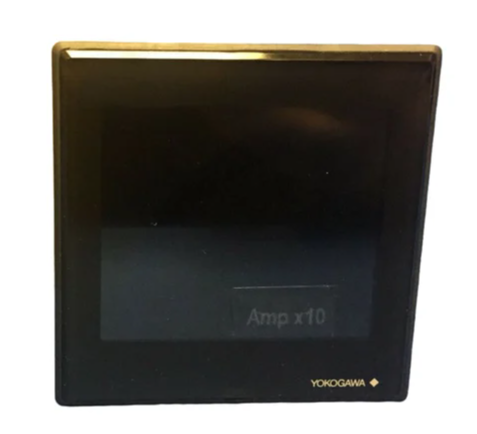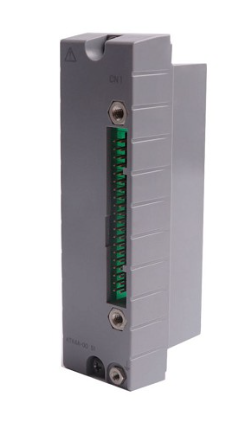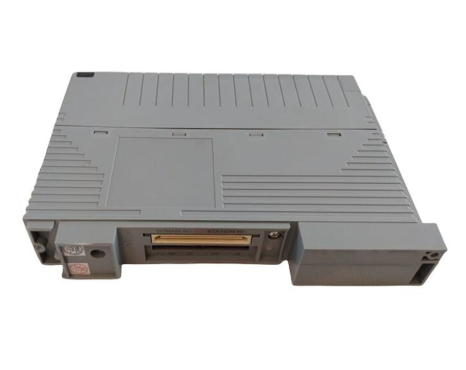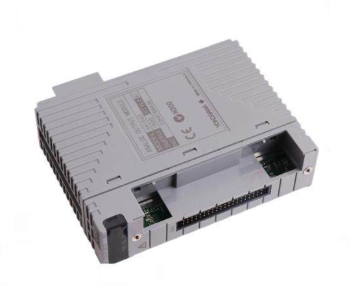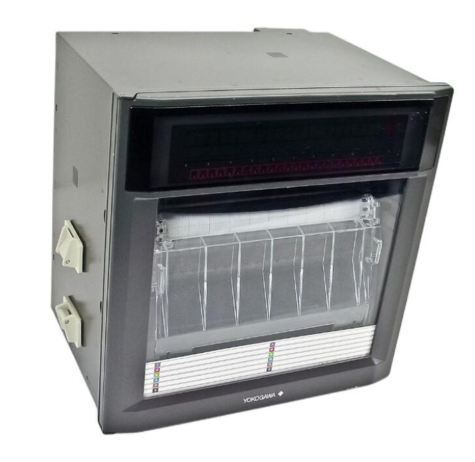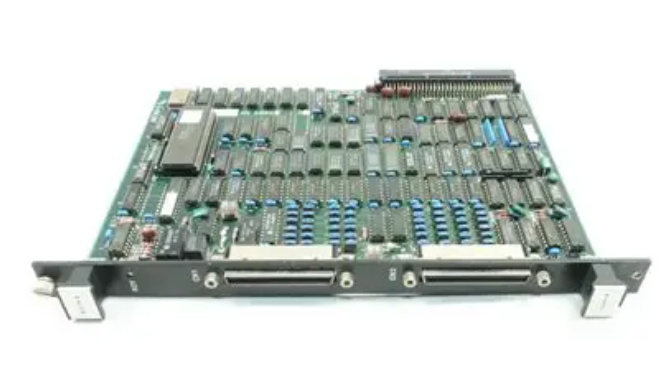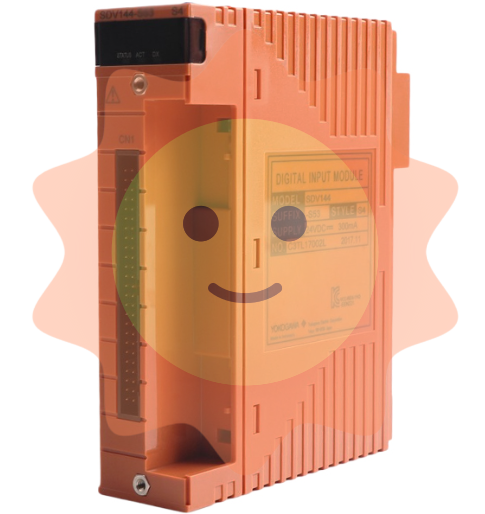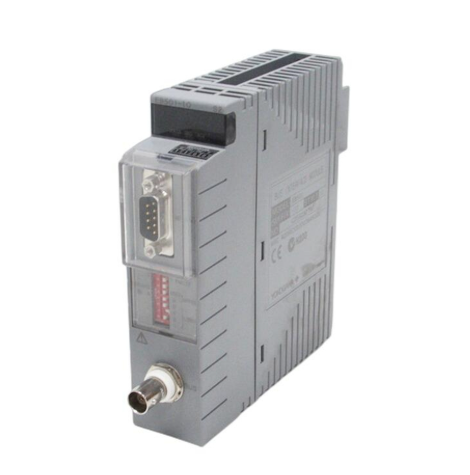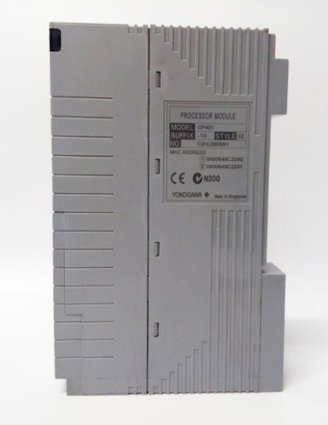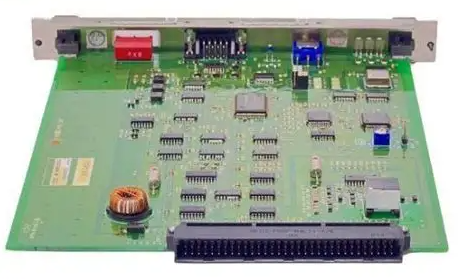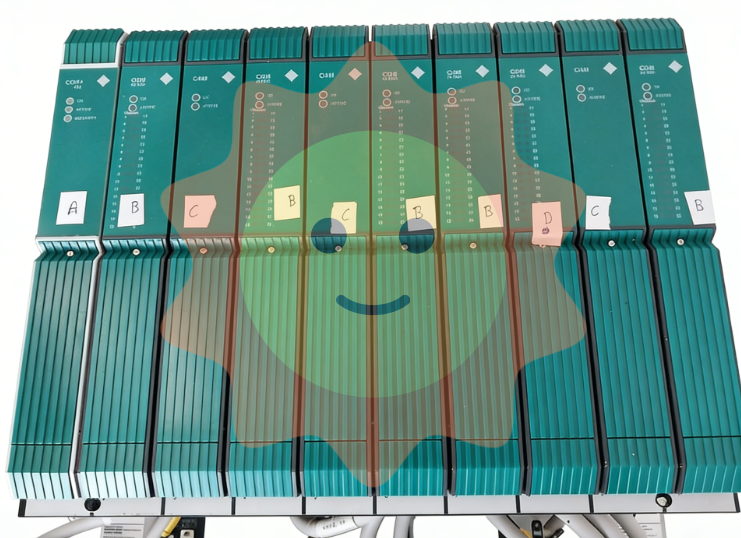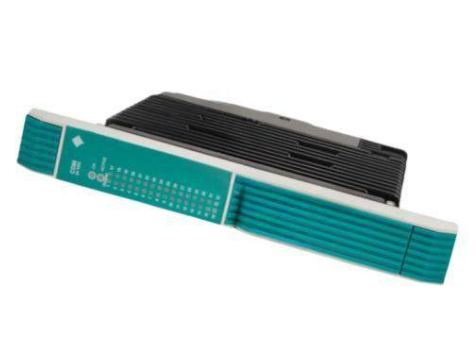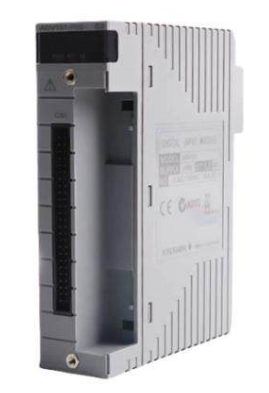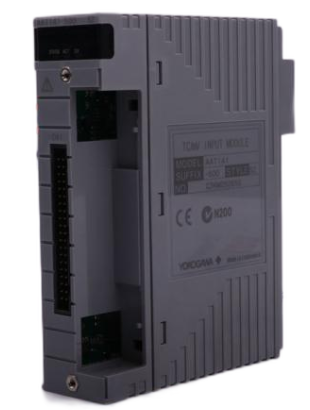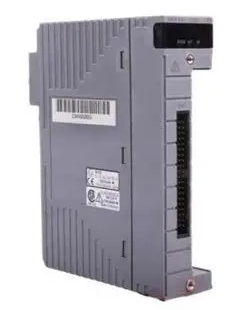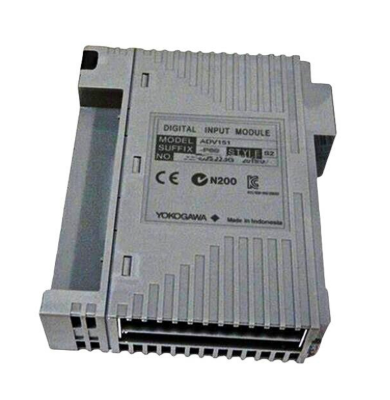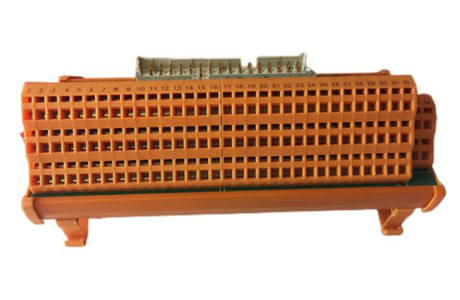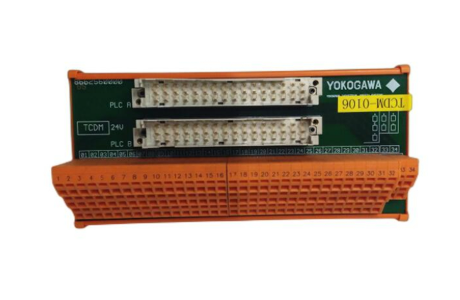ABB Relion ® REU615 Voltage Protection and Control Device
Backup protection: Impedance protection determines the location and type of the fault by measuring the impedance of the faulty circuit. Distance protection based on quadrilateral and M-O characteristics, for phase to phase and ground faults, achieves backup protection function according to the set impedance range and action time. Among them, the load intrusion algorithm can effectively deal with high resistance faults in overloaded lines. Overcurrent protection includes instantaneous phase overcurrent (PHPIOC) and four segment phase overcurrent (OC4PTOC), which can be configured with direction or voltage control. By monitoring the current magnitude and duration, combined with inverse time or definite time characteristics, timely action is taken in case of overcurrent faults. Voltage/frequency protection real-time monitoring system monitors voltage and frequency. When abnormal situations such as overvoltage, undervoltage, overclocking, and underflocking occur, protection operations are carried out according to the set action values and time.
Auxiliary protection: Thermal overload protection (TRPTTR) is based on a dual time constant model, which estimates the heat accumulation inside the transformer, i.e. temperature changes, by monitoring the current. When the temperature reaches the alarm value, a warning is issued. If it continues to rise to the trip value, the trip protection is activated to prevent the transformer from being damaged due to overheating. Circuit breaker failure protection (CCRBRF) detects the current and auxiliary contact status of the circuit breaker, and quickly trips adjacent circuit breakers when the circuit breaker refuses to move, ensuring that the fault can be cleared in a timely manner.
Monitoring function principle: The device monitors the operating parameters of the transformer in real time, such as voltage, current, power, frequency, etc., and converts analog quantities into digital quantities for processing and analysis through an internal measurement module. The disturbance recorder (DRPRDRE) can record the waveform of electrical changes before and after faults, store the data inside the device according to the set sampling rate and recording time, and support exporting in COMTRADE format for subsequent fault analysis. By real-time monitoring and analysis of these parameters, abnormal operating conditions of transformers can be detected in a timely manner, providing a basis for maintenance and repair.
Control function principle: On load tap changer control (TR1ATCC/TR8ATCC) automatically adjusts the tap changer position of the transformer according to changes in system voltage to maintain stable secondary voltage. When a single or multiple transformers are running in parallel, different voltage regulation strategies can be used to ensure that the system voltage is within a reasonable range. SESRSYN monitors and compares the phase, frequency, and amplitude of the voltages on both sides in real-time during grid connection operations. When the synchronization conditions are met, it sends out a signal to allow closing, ensuring the safety and stability of grid connection.

- EMERSON
- Honeywell
- CTI
- Rolls-Royce
- General Electric
- Woodward
- Yaskawa
- xYCOM
- Motorola
- Siemens
- Rockwell
- ABB
- B&R
- HIMA
- Construction site
- electricity
- Automobile market
- PLC
- DCS
- Motor drivers
- VSD
- Implications
- cement
- CO2
- CEM
- methane
- Artificial intelligence
- Titanic
- Solar energy
- Hydrogen fuel cell
- Hydrogen and fuel cells
- Hydrogen and oxygen fuel cells
- tyre
- Chemical fiber
- dynamo
- corpuscle
- Pulp and paper
- printing
- fossil
- FANUC
- Food and beverage
- Life science
- Sewage treatment
- Personal care
- electricity
- boats
- infrastructure
- Automobile industry
- metallurgy
- Nuclear power generation
- Geothermal power generation
- Water and wastewater
- Infrastructure construction
- Mine hazard
- steel
- papermaking
- Natural gas industry
- Infrastructure construction
- Power and energy
- Rubber and plastic
- Renewable energy
- pharmacy
- mining
- Plastic industry
- Schneider
- Kongsberg
- NI
- Wind energy
- International petroleum
- International new energy network
- gas
- WATLOW
- ProSoft
- SEW
- wind
- ADVANCED
- Reliance
- YOKOGAWA
- TRICONEX
- FOXBORO
- METSO
- MAN
- Advantest
- ADVANCED
- ALSTOM
- Control Wave
- AB
- AMAT
- STUDER
- KONGSBERG
- MOTOROLA
- DANAHER MOTION
- Bently
- Galil
- EATON
- MOLEX
- Triconex
- DEIF
- B&W
- ZYGO
- Aerotech
- DANFOSS
- KOLLMORGEN
- Beijer
- Endress+Hauser
- MOOG
- KB
- Moxa
- Rexroth
- YAMAHA
- Johnson
- Westinghouse
- WAGO
- TOSHIBA
- TEKTRONIX
- BENDER
- BMCM
- SMC


Email:wang@kongjiangauto.com

